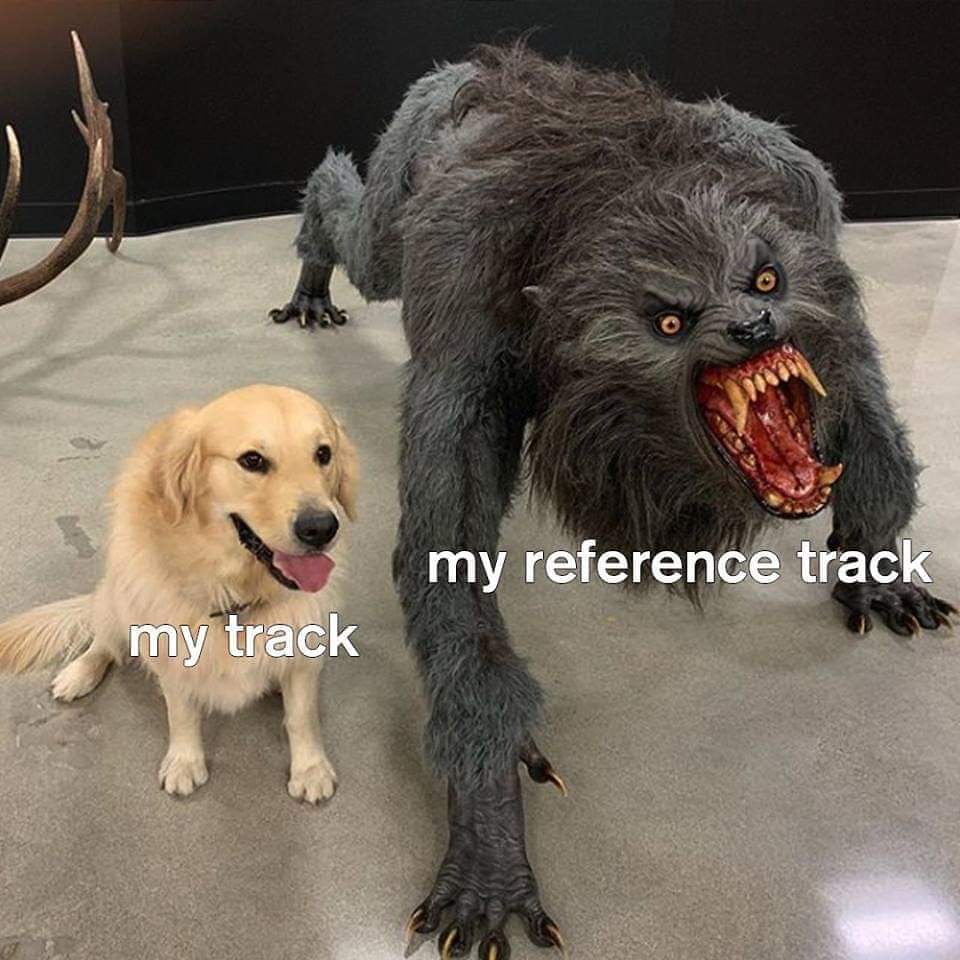Hey there.
Here’s some thoughts from me as well:
When using musical references as “guidelines”, I think it’s important to remember that you’re imitating an imitation.
Naturalistic painters face the same dilemma:
Let’s say you want to paint (imitate) a tree, - but instead of looking at a real tree (in nature), you decide to look at another man’s painting (with a tree in it). So you imitate an imitation, and, in doing this, remove yourself one step further from a direct/naturalistic approach to painting.
…and if the painter you seek to emulate already did the same thing himself, when he painted his tree (and the painter before him as well ), - the trees will inevitably begin to look less and less like real trees.
Now, in some cases, painting unrealistic tress might be just the thing, and if that’s the case, then removing yourself consciously from the original source (real trees) can work very well.
But if you use the same method, hoping to paint a life-like tree, - you’re likely to end up frustrated.
Your technique might be masterful, but your tree will look like shit.
But anyway (returning to music):
A frightful amount of new electronic music today sounds to me like bland imitations of “the real thing”. Like something went wrong at some point, but no one gave a damn, - and now the whole thing feels strangely meaningless, lifeless, “generic”…
You probably know what I mean.
And I think that exaggerated use of referencing/comparing during the mixing and mastering process plays an important role in this.
But what is “the real thing”, then?
I’m still looking for answers, - but I believe that (at least part of) the answer can be found in nature.
So, I go outside in nature and meditate, walking or sitting on my butt, no earphones, actively watching and listening to sounds, sometimes taking notes, – and then, later, I’ll try to incorporate my observations (if anything intersting) into my music.
Specific sounds, proportions, repetitions, variations, harmonics, dynamics etc.
Working like this, empirical natural science (the study of the universe) becomes the main activity, - while making music becomes secondary - something I do for fun and enjoyment.
To be perfectly honest, I sometimes compare my mixes to other people’s mixes as well, but I tend to regard it as an expression of my own vanity and self doubt, - and I try not to take it too seriously.
